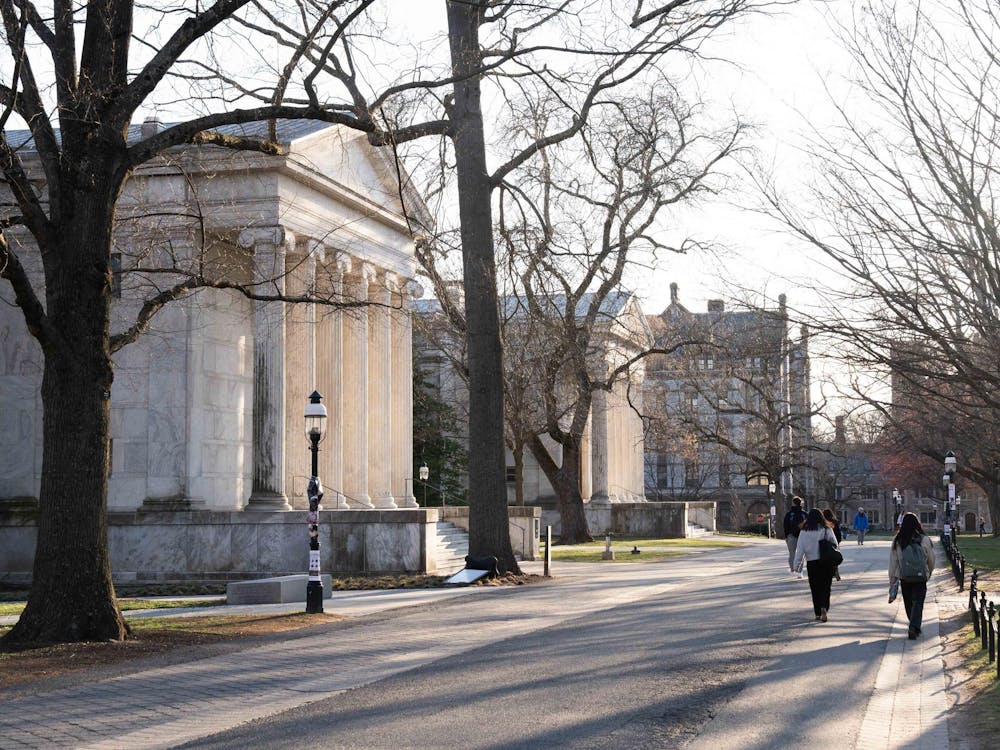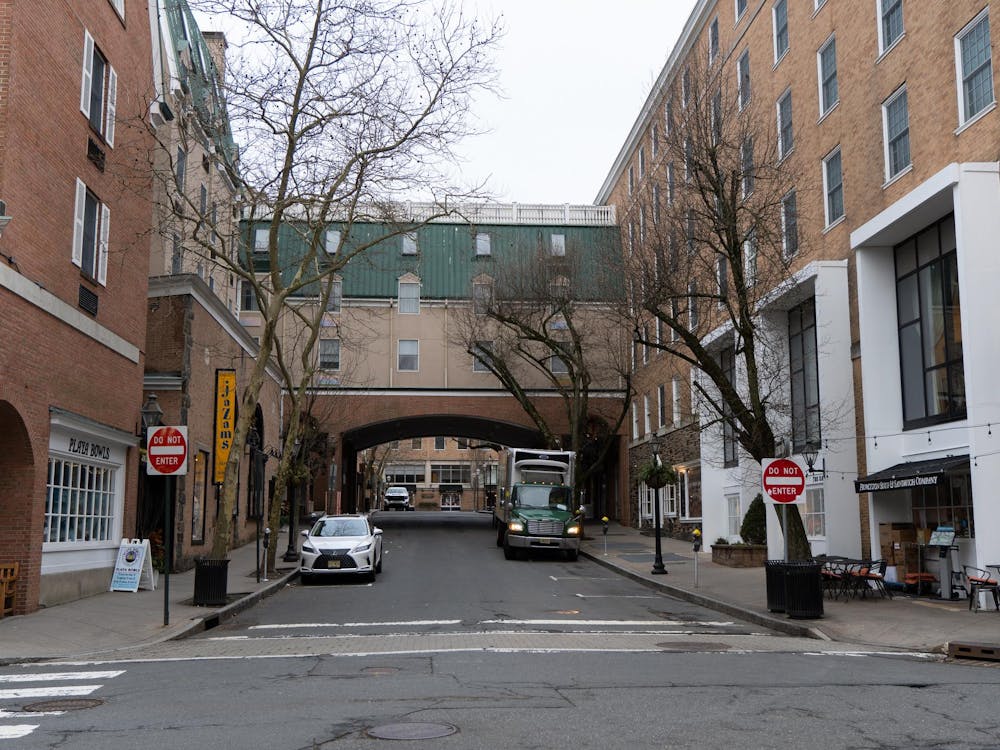Art can be a powerful force for social change, Richard Ross, a photographer of juveniles in the U.S. justice system, said in a lecture on Tuesday.
Ross, who is also a professor of art at the University of California, Santa Barbara and executive director of Juvenile In Justice, discussed his photography book “Girls in Justice.”
“I’m not a judge, I’m not an attorney, I’m not a probation officer, I’m an artist and I’m a human being,” he said. “That gives me credentials. I can do something. Even though I’m an artist, I can attack a problem.”
Through powerful images, informative facts and personal stories, art can become sufficiently dangerous, Ross said, adding that he hoped the presentation of these images would bring about a discussion on a variety of issues relating to the incarceration of juveniles and will lead people to be aware of the different aspects of juvenile justice.
Ross freely gives his images to non-profits for advocacy purposes, he said.
The Juvenile In Justice project directed by Ross uses photographs of more than 100 facilities from over 30 states to demonstrate visually the often compelling circumstances of incarcerated youth, he said, adding that his book is a closer examination of experiences of girls in the justice system.
Although data available on juveniles in the justice system is voluminous, younger people need bits of data that are in a digestible form, Ross said. In the past, there have been important sentimental images that have defined generations, he added, explaining that using images that make intuitive sense and small facts is how he aims to inform the public about children in the justice system.
Ross said that he sought to demonstrate what juveniles going through the justice system experience through his photographs, adding that the juvenile system is a practice that has been hidden under the guise of administrative segregation, time-out groups and isolation.

Kids in the world of juvenile justice are often defined by the actions of the worst day of their lives, he said. Audience members should compare this to the picture of their parents describing their accomplishments of being admitted to the University, he added.
In the past, children have been accountable to society and institutions, Ross said, explaining that people should instead consider the notion of making society and institutions accountable to children. Ross shared the audio recording of an interview with a young girl who was sexually abused to demonstrate the complexity of the children’s situations.
Such children are thought unstable for staying in their situations and considered delinquents if they stay, he said.
“Girls are brought into the juvenile justice system by a unique set of social forces and experience incarceration much differently than boys,” he said, noting that sexual abuse, experienced more commonly by girls than boys, often contributes to girls’ delinquency. Girls are also more likely to run away than boys, he said.

The lecture, called “Girls in Justice: Gender, Mass Incarceration and Journalism,” took place in McCormick Hall 101 at 4:30 p.m. The lecture was sponsored by the Ferris Lectures in Journalism, the Center for African American Studies, the Council of the Humanities and the Program in American Studies.







